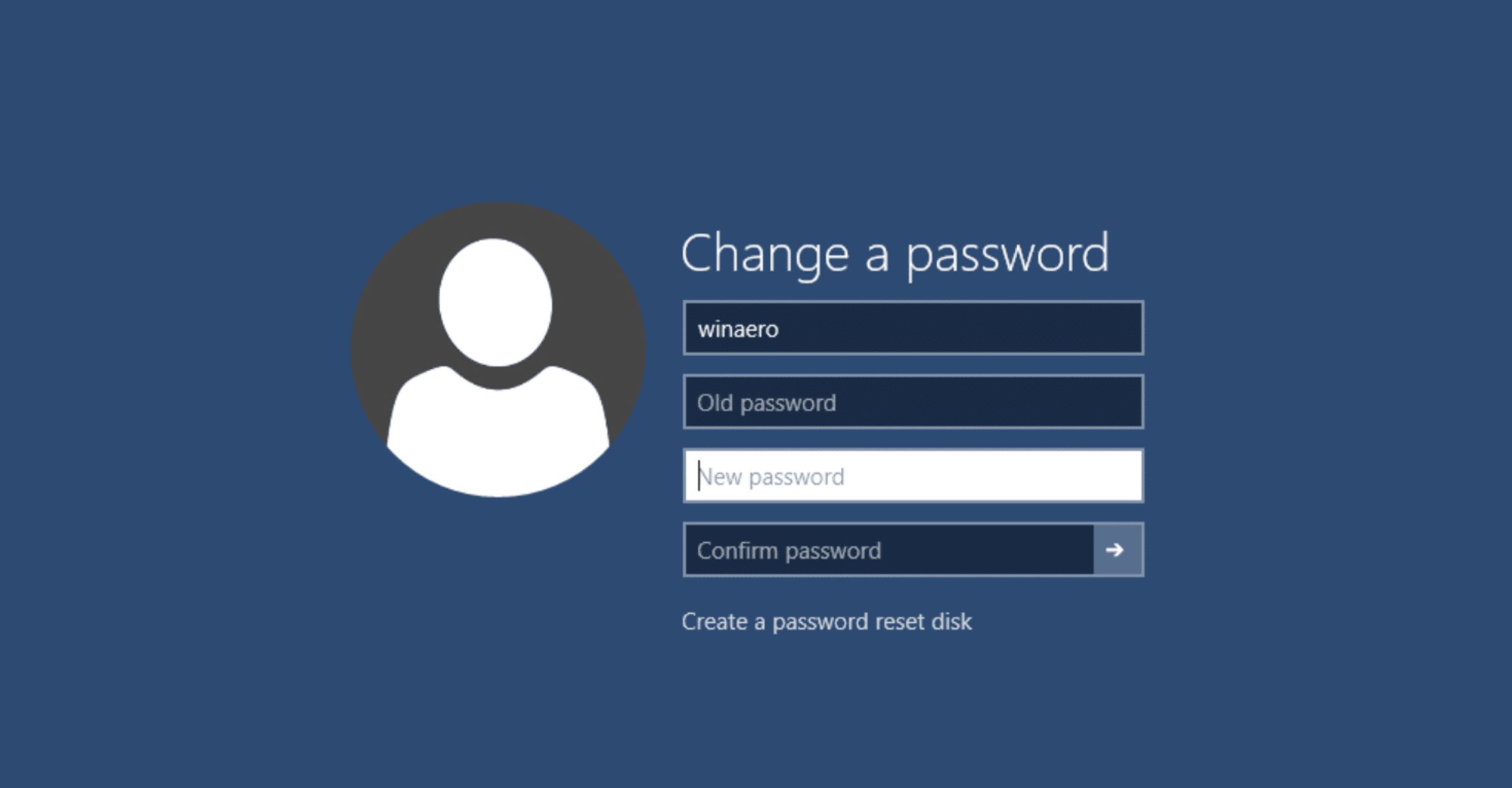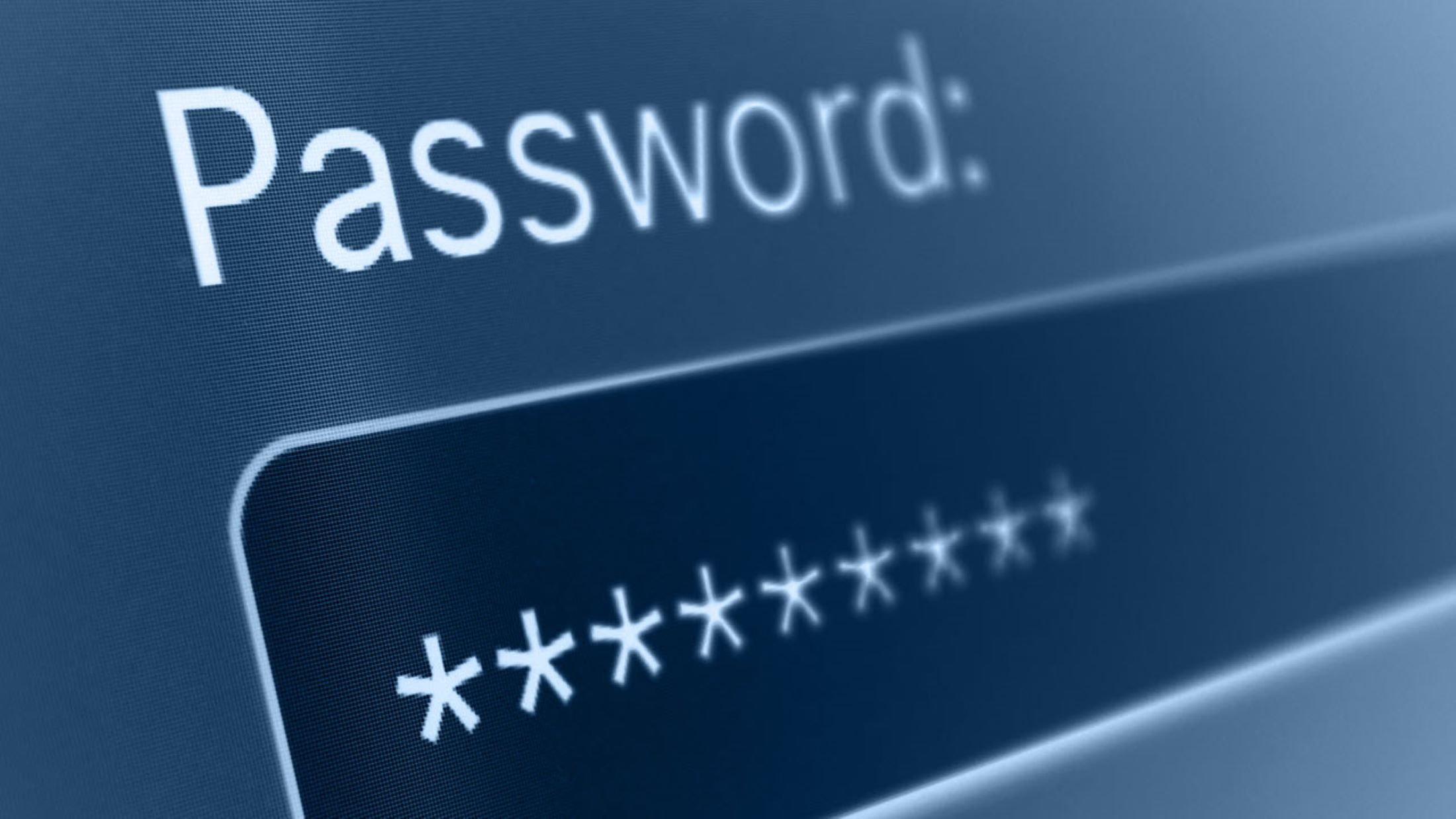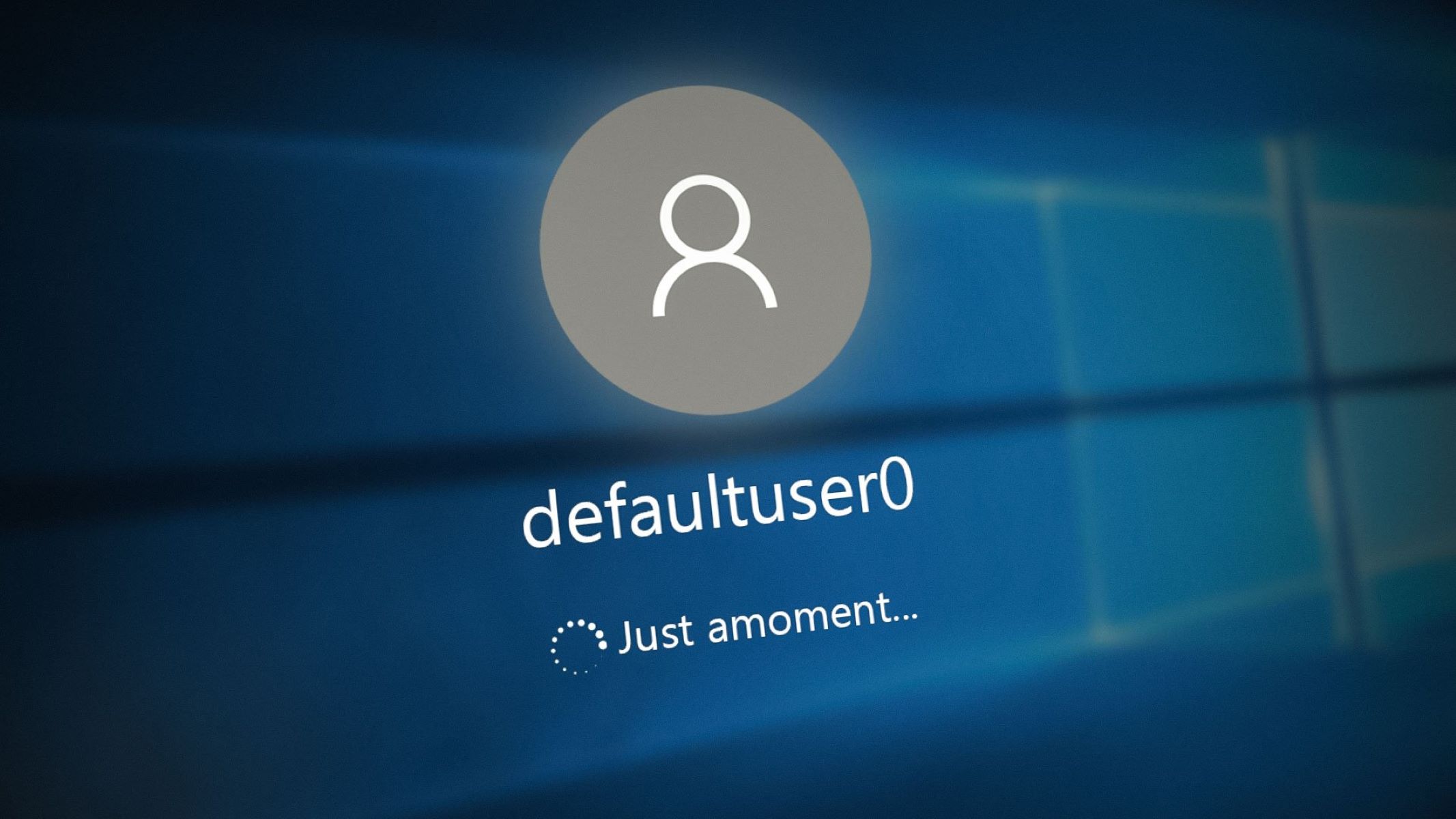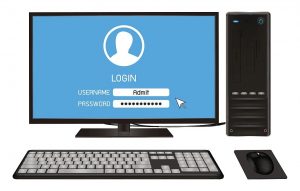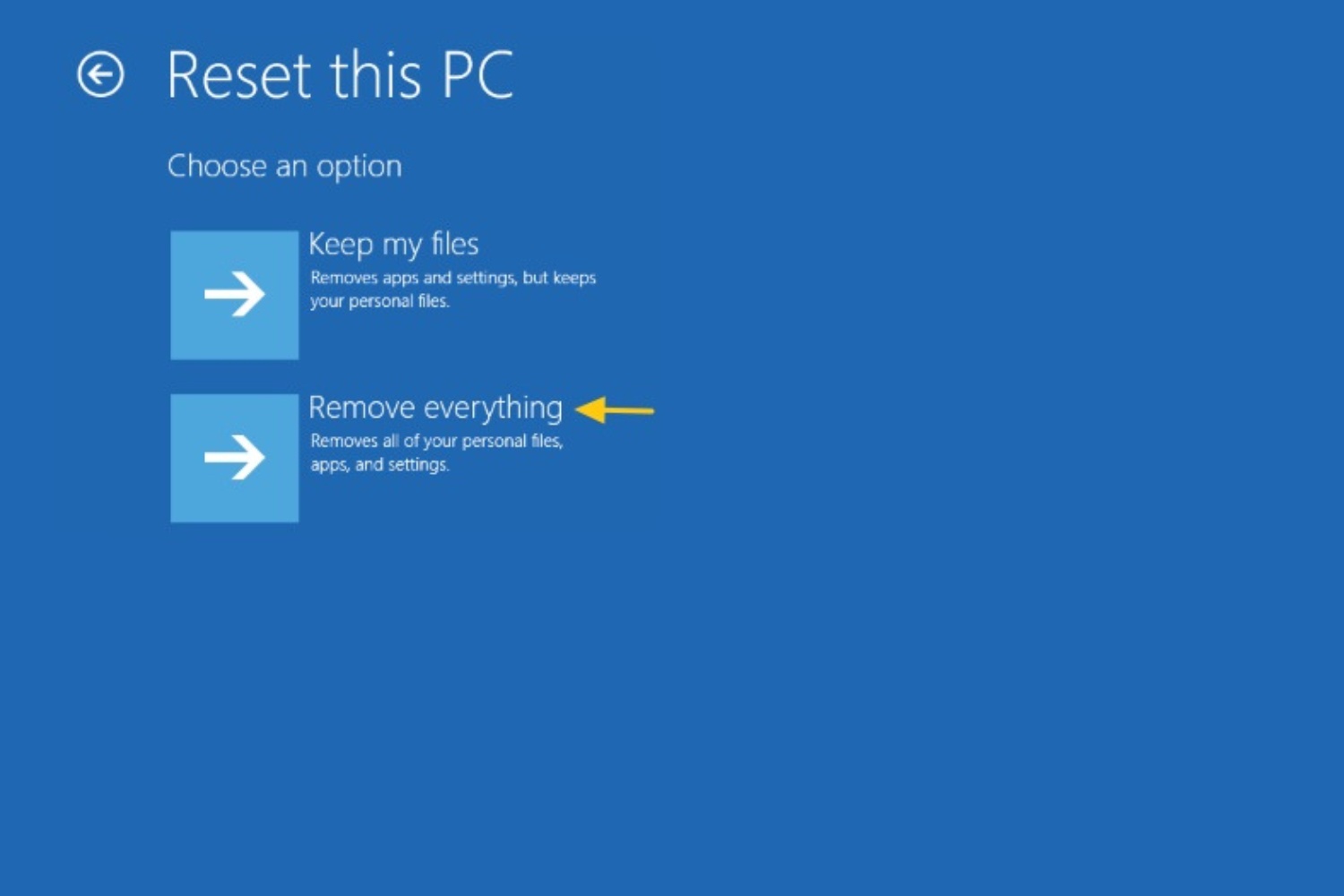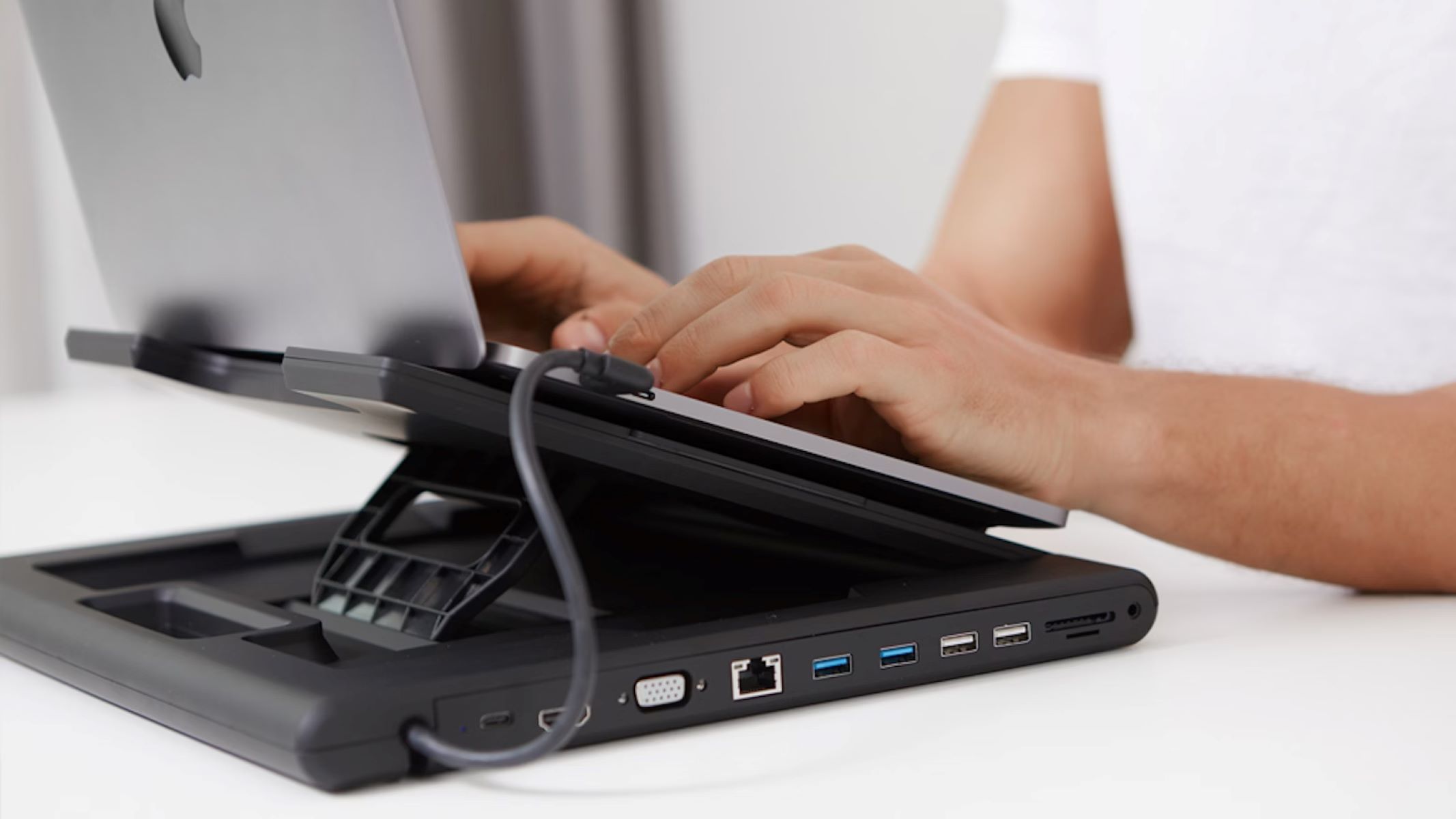Introduction
Forgetting your Windows 10 password can be a frustrating experience. Whether you use your computer for work, personal use, or both, being locked out of your account can disrupt your productivity and cause unnecessary stress. Fortunately, there are several methods you can use to reset your Windows 10 password and regain access to your computer.
Resetting your Windows 10 password is essential to ensure the security of your files and prevent unauthorized access. It is crucial to remember that these methods are intended to be used only if you have forgotten your password or are unable to access your account for any reason.
In this article, we will explore different methods to reset your Windows 10 password and regain control of your computer. These methods include using your Microsoft account, creating a password reset disk, utilizing the Command Prompt, and using third-party software.
Before diving into the specific methods, it is important to note that resetting your password may result in the loss of some personal settings or files. It is recommended to create regular backups of your data to minimize any potential loss. Additionally, it is essential to proceed with caution and follow the instructions carefully to avoid any unnecessary complications.
Regardless of the method you choose, it is always advisable to create a strong, unique password that combines uppercase and lowercase letters, numbers, and special characters. This will help protect your data and reduce the chances of your password being compromised.
Now, let’s explore the various methods you can use to reset your Windows 10 password and regain access to your computer.
Why do you need to reset your Windows 10 password?
There can be several reasons why you may need to reset your Windows 10 password. It’s important to understand these reasons and the potential consequences of not being able to access your computer.
Firstly, forgetting your Windows 10 password is a common occurrence. With the numerous passwords we have to remember for various accounts and devices, it’s easy to slip up and forget the one for your Windows 10 account. This can happen if you haven’t used your computer for a while or if you recently changed your password and didn’t commit it to memory.
Another reason to reset your Windows 10 password is if you suspect that your current password has been compromised. If you believe that someone else may have gained unauthorized access to your account or if you’ve detected any suspicious activities, it is crucial to change your password immediately to protect your personal information and maintain the security of your computer.
Furthermore, there may be instances where you have received a used or second-hand computer, and the previous owner did not provide you with the correct password. In such cases, resetting the password becomes necessary to establish ownership and have full control over the device.
Resetting your Windows 10 password can also come in handy if you’re planning to sell or give away your computer. It is essential to ensure that no personal information remains on the system, and resetting the password is one way to remove your account and protect your privacy.
In addition to these scenarios, there may be situations where you need to access your computer urgently, but due to a forgotten or lost password, you find yourself locked out. This can be particularly troublesome if you need to retrieve important documents or complete time-sensitive tasks.
Regardless of the reason, being unable to access your Windows 10 account due to a forgotten or unknown password can be highly inconvenient and frustrating. Fortunately, there are various methods available to reset your Windows 10 password and regain control of your computer.
In the following sections, we will explore different methods that you can use to reset your Windows 10 password, depending on your specific requirements and circumstances.
Methods to reset Windows 10 password
When it comes to resetting your Windows 10 password, there are several methods you can use, each with its own advantages and requirements. In this section, we will explore four common methods that you can choose from based on your situation and preferences.
Method 1: Resetting Windows 10 password using Microsoft Account: If you have associated your Windows 10 account with a Microsoft account, you can use the online password reset feature to regain access. By visiting the Microsoft account recovery page from another device, you can verify your identity and reset the password using your email or phone number.
Method 2: Resetting Windows 10 password using a Password Reset Disk: If you have previously created a password reset disk, you can use it to reset your Windows 10 password. This method involves booting from the reset disk and following the on-screen instructions to reset your password. Remember, you must have created the password reset disk before forgetting your password for this method to work.
Method 3: Resetting Windows 10 password using Command Prompt: If you have access to the Command Prompt, you can use it to reset your Windows 10 password. This method involves booting your computer into the Command Prompt environment and using specific commands to reset the password.
Method 4: Resetting Windows 10 password using Third-party software: If the above methods don’t work or you’re not comfortable with them, you can use third-party software designed specifically for resetting Windows 10 passwords. These software solutions often provide user-friendly interfaces and efficient password recovery algorithms.
It’s important to note that the specific steps and requirements may vary for each method. Additionally, some methods may not be applicable in certain scenarios, such as when using a local account instead of a Microsoft account.
Before proceeding with any of these methods, it’s essential to consider the potential consequences, such as the loss of certain personal settings or files. Therefore, it’s advisable to backup important data regularly to avoid any data loss during the password reset process.
In the following sections, we will dive into each method in detail, providing step-by-step instructions and additional insights to guide you through the password reset process.
Method 1: Resetting Windows 10 password using Microsoft Account
If you have linked your Windows 10 account to a Microsoft account, you can use the online password reset feature to regain access to your computer. This method requires the use of another device with internet access.
To begin, open a web browser on the device, and visit the Microsoft account recovery page. Provide the email address or phone number associated with your Microsoft account. Follow the on-screen instructions to verify your identity. This can be done through a security code sent to your email or phone, or by answering security questions.
Once your identity is verified, you can proceed to reset your Windows 10 password. Choose a new password that is strong and unique to ensure the security of your account. After setting the new password, you can use it to log in to your Windows 10 computer.
It’s important to note that if you reset your Microsoft account password, it will also affect other services linked to that account, such as Outlook, Skype, and OneDrive. Ensure that you update the password on any other devices or applications that utilize your Microsoft account.
This method is particularly useful if you have forgotten your Windows 10 password and have a Microsoft account linked to your computer. It provides a convenient way to reset your password online without the need for additional software or technical expertise.
However, it is crucial to keep your Microsoft account’s recovery options up to date. This includes providing an alternate email address or phone number and creating security questions that you can easily recall. This will help streamline the password recovery process in case you face any future issues.
In the next section, we will explore another method to reset your Windows 10 password using a password reset disk.
Method 2: Resetting Windows 10 password using Password Reset Disk
Creating a password reset disk in advance can be a lifesaver when you forget your Windows 10 password. To use this method, you must have created a password reset disk on a USB flash drive or a CD/DVD before you forgot your password.
To reset your Windows 10 password using a password reset disk, start by connecting the disk to your locked computer. On the login screen, enter any incorrect password three times. The system will then display a “Reset password” link.
Click on the “Reset password” link, and the Password Reset Wizard will open. Follow the instructions to select your password reset disk and provide the new password you want to set. Choose a strong password that combines uppercase and lowercase letters, numbers, and special characters for enhanced security.
After setting the new password, restart your computer and log in using your newly created password. Remember to keep the password reset disk in a safe place for future use.
It’s important to note that the password reset disk can only be used on the specific Windows 10 computer for which it was created. If you try to use it on another computer or user account, it will not work.
Creating a password reset disk is a proactive step to ensure that you can easily reset your Windows 10 password when needed. However, if you haven’t created one before forgetting your password, this method won’t be applicable to your situation.
In the following section, we will explore another method to reset your Windows 10 password using the Command Prompt.
Method 3: Resetting Windows 10 password using Command Prompt
If you have access to the Command Prompt, you can use it to reset your Windows 10 password. This method involves booting your computer into the Command Prompt environment and using specific commands to reset the password.
To begin, start your computer and press the “Shift” key while clicking on the “Restart” option. This will open the Advanced Startup Options menu. From there, select “Troubleshoot” > “Advanced options” > “Command Prompt.”
Once the Command Prompt window opens, type the command “net user” followed by your Windows 10 account username. Press Enter to see a list of user accounts on your computer.
Next, type the command “net user [username] [newpassword]” without the brackets, replacing [username] with your Windows 10 account username and [newpassword] with the new password you want to set.
After entering the command, press Enter. If successful, you will see a message confirming that the command completed successfully. Restart your computer and log in using the new password.
It’s important to note that this method only works if you have administrative privileges on the computer. If you don’t have administrative access, you may need to try an alternative method or seek assistance from someone with administrative permissions.
While using the Command Prompt to reset your Windows 10 password provides a viable option, it’s important to exercise caution. Entering incorrect commands or modifying system files can lead to unintended consequences or further complications.
In the next section, we will explore another method to reset your Windows 10 password using third-party software.
Method 4: Resetting Windows 10 password using Third-party software
If the previous methods didn’t work for you or you prefer a more automated approach, you can use third-party software specifically designed to reset Windows 10 passwords. These software solutions often provide user-friendly interfaces and efficient password recovery algorithms.
There are several reputable third-party password reset tools available, such as Ophcrack, PCUnlocker, and iSunshare Windows Password Genius. While the steps may differ slightly depending on the software you choose, the general process is as follows.
Firstly, download and install the password reset software on a different computer. Create a bootable USB or CD/DVD using the software.
Next, insert the bootable media into your locked Windows 10 computer and restart it. Access the machine’s BIOS or boot menu (usually achieved by pressing a specific key during the boot process, such as F12 or DEL) and set the computer to boot from the external media.
Once the computer boots from the external media, follow the on-screen instructions provided by the password reset software. This typically involves selecting your Windows 10 installation, choosing the account for which you want to reset the password, and either resetting or creating a new password.
After completing the steps, remove the bootable media and restart your computer. You should now be able to log in to your Windows 10 account using the newly reset password.
Using third-party software to reset your Windows 10 password can be an effective solution, especially if you’re not familiar with the Command Prompt or prefer a more user-friendly approach. However, be cautious when downloading and using third-party software, as it’s essential to choose reputable sources to ensure the security of your computer.
In the next section, we will wrap up our exploration of the various methods to reset your Windows 10 password and provide some concluding thoughts.
Conclusion
In this article, we have explored different methods to reset your Windows 10 password and regain access to your computer. Forgetting or losing your Windows 10 password can be a frustrating experience, but with the right techniques, you can regain control of your device without losing your data.
We started by discussing the importance of resetting your Windows 10 password and why you may need to do so. Whether you have forgotten your password, suspect it has been compromised, or need to establish ownership of a used computer, resetting your Windows 10 password is essential to maintain the security and functionality of your device.
We then delved into four methods to reset your Windows 10 password. We explored the option of using your Microsoft account to reset the password online, creating a password reset disk in advance, leveraging the Command Prompt for more advanced users, and utilizing third-party software for a more automated approach. Each method offers its own advantages and requirements, and selecting the most suitable method depends on your specific circumstances.
It’s important to remember that while these methods can be effective in resetting your Windows 10 password, they may come with certain risks. Resetting your password may result in the loss of some personal settings or files, so it’s crucial to back up your data regularly. Additionally, always exercise caution when downloading third-party software and ensure that you choose reputable sources to reduce the risk of compromising your computer’s security.
In conclusion, resetting your Windows 10 password is a necessary step to regain access to your computer and protect your personal information. By following the methods outlined in this article, you should be able to reset your password and resume your normal activities on your Windows 10 device.
Remember to choose strong and unique passwords for enhanced security, and consider implementing multi-factor authentication to add an extra layer of protection to your Windows 10 account. By taking these precautions, you can minimize the likelihood of experiencing password-related issues in the future and maintain the security of your Windows 10 computer.







